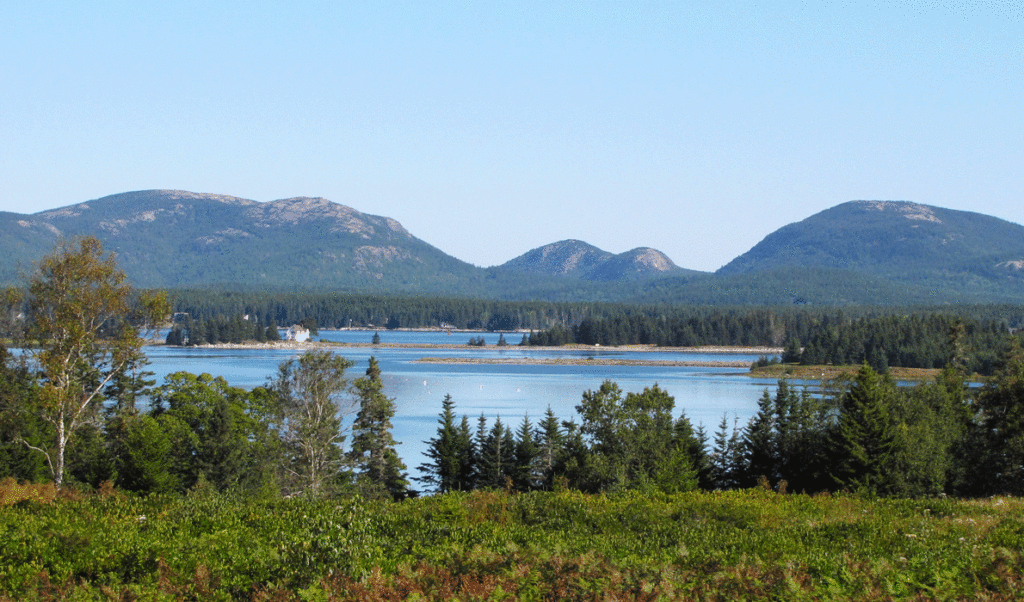By Tom Walsh
Maine’s uncounted thousands of seasonal workers on our coast are largely invisible.
Nonetheless, they are essential cogs in the machine that makes possible the substantial revenues left behind by millions of visitors to Acadia National Park and other waterfront tourist destinations.
Hotels, motels, B&Bs, restaurants, bars, gift shops, lobster shacks, and other retailers in Bar Harbor and elsewhere struggle every year to pin down the seasonal help required to open their doors. Post-9/11 immigration laws and stricter temporary worker visa restrictions have morphed the process in recent years from a seasonal headache to a year-round bureaucratic migraine for businesses heavily reliant upon seasonal workers.
In Bar Harbor thousands of seasonal workers—more than a few new to Maine from other countries—are eager to make a buck, even at minimal wages. At best, it’s a 16-week window of opportunity, hassles aside. Among the major hassles is housing. Seasonal workers are often unsure where they will call home during their short-term stays within one of Maine’s busiest waterfronts. They wonder, too, what housing will cost.
“Temporary worker housing is a huge issue grounded in the diminishing availability of housing stock,” said Martha Searchfield, executive director of the Bar Harbor Chamber of Commerce. “So many properties have gone to vacation rentals. And it’s not a Bar Harbor issue. It’s the whole state, all along the coast.”
Among those now actively addressing the issue of where to house temporary workers is the National Park Service. Each tourist season, Acadia National Park expands its year-round staff with an estimated 150 seasonal workers who helped deal with the crush of 3.5 million visitors, a number up 58 percent from 10 years ago. And growing.
Many of Acadia’s seasonal workers are volunteers, doing everything from cleaning toilets to serving as life guards. Traditionally, some have been retired NPS enthusiasts whose life styles included meandering from park to park, hooking up their recreational vehicles to electricity and sewage provided by the park de jour. Apparently, those days are waning.
In this fiscal year, the park spent $630,000 on seasonal employee wages, according to John Kelly of the NPS.
On Nov. 14 the NPS will host a public event at Bar Harbor’s Atlantic Oceanside Hotel and Conference Center to assess public sentiment on a proposal to build seasonal housing through a “P3”—private, public, partnership—housing project. Should any private-sector developers be interested, such an arrangement would offer NPS-owned property as a site for construction of living units that would incorporate seasonal housing.
Those attending the Nov. 14 meeting will be walked through the complicated terms and conditions under which the NPS could execute a P3 build-to-lease agreement.
The NPS has designated a six-acre parcel on Hardin Farm Road as a potential development site, although half that acreage, now under study, may be wetlands that would limit site development to three acres.
“We don’t know what’s going to happen,” said Christie Anastasia, Acadia National Park’s spokesperson. “It depends on what ideas are out there. The Park Service has never done a P3 project, which was encouraged by the National Parks Foundation, which has been working to pilot this concept.”
A park press release quoted Acadia National Park Superintendent Kevin Schneider: “Seasonal employee housing is critical to us in being able to recruit and retain a well-qualified workforce, and it is also a crucial need for many other businesses and organizations in our community.”





